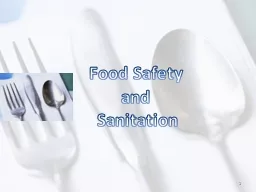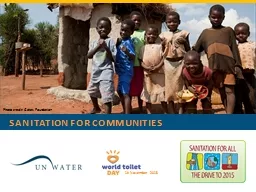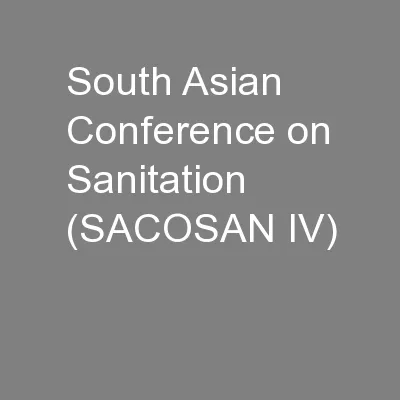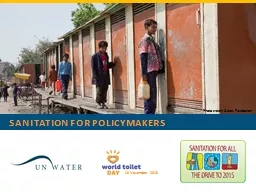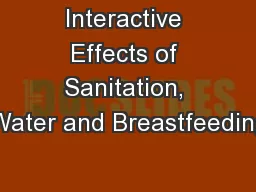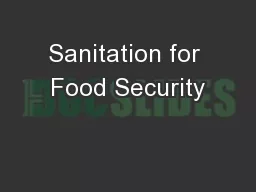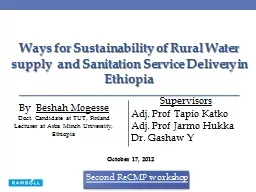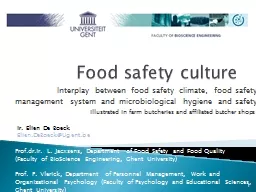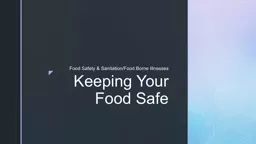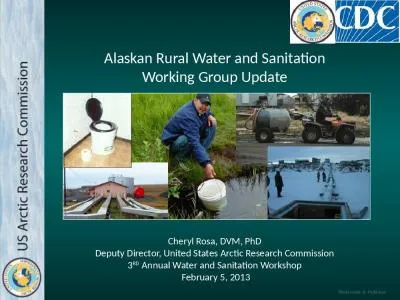PPT-Food Safety and Sanitation
Author : yoshiko-marsland | Published Date : 2018-10-24
1 Initial questions Why is Food Safety and Sanitation in Child Care Settings Important Infants and preschool aged children are a highrisk population for contracting
Presentation Embed Code
Download Presentation
Download Presentation The PPT/PDF document "Food Safety and Sanitation" is the property of its rightful owner. Permission is granted to download and print the materials on this website for personal, non-commercial use only, and to display it on your personal computer provided you do not modify the materials and that you retain all copyright notices contained in the materials. By downloading content from our website, you accept the terms of this agreement.
Food Safety and Sanitation: Transcript
Download Rules Of Document
"Food Safety and Sanitation"The content belongs to its owner. You may download and print it for personal use, without modification, and keep all copyright notices. By downloading, you agree to these terms.
Related Documents

